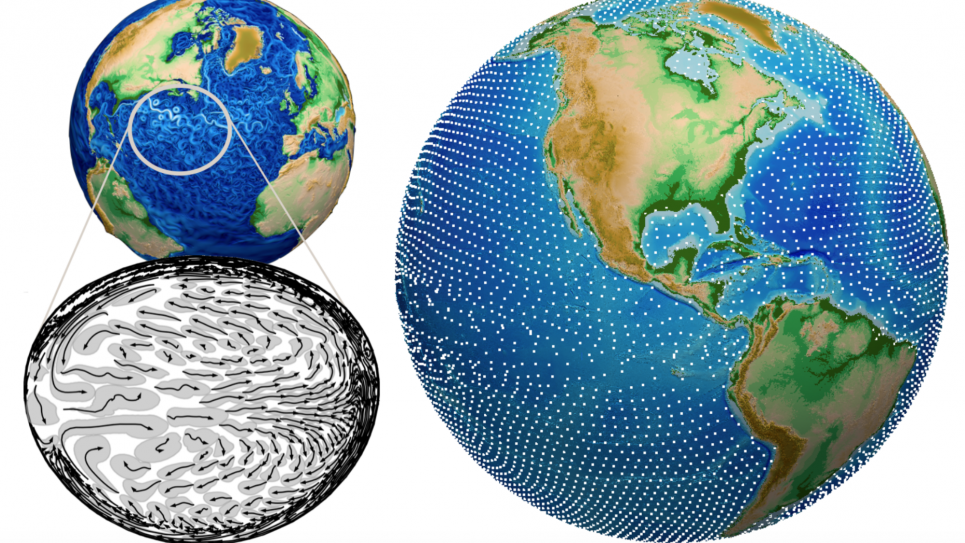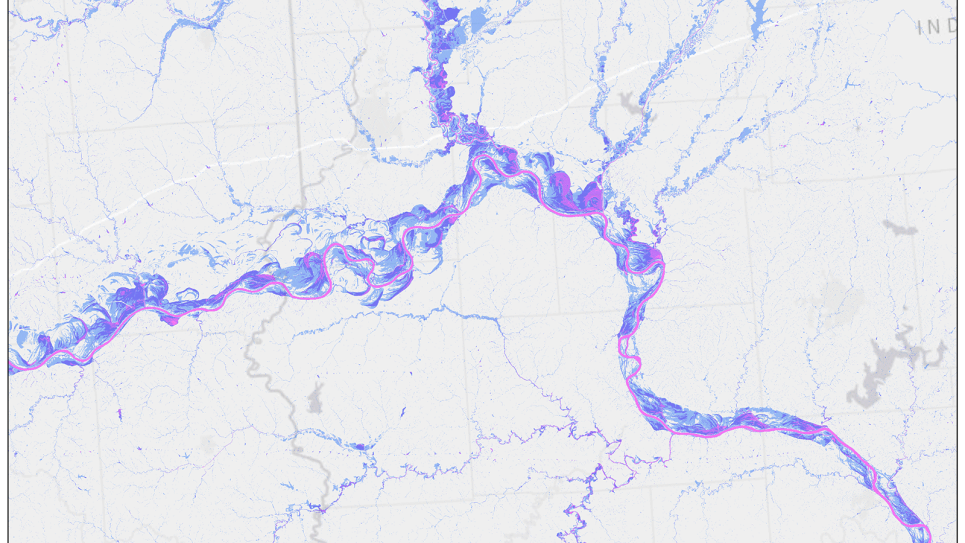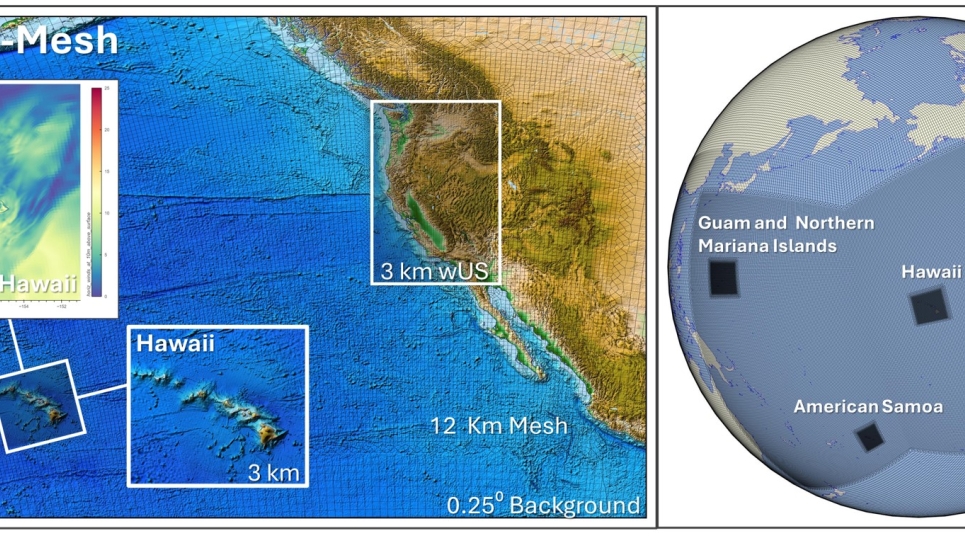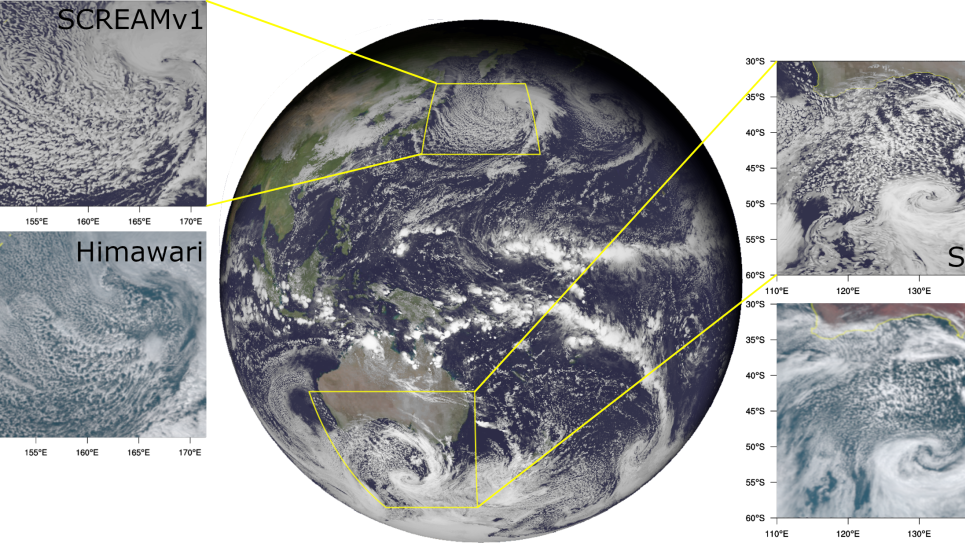
Investigating the Impact of Improved Southern Ocean Processes in Antarctic-focused Global Climate Simulations
Despite its distance from human settlement, the Antarctic is a critical region for assessing global effects of climate change. The Southern Ocean covers less than one third of the global ocean but dominates the ocean's ability to absorb carbon dioxide and heat and mitigate climate change. The expansive sea ice surrounding Antarctica and the deep cavities beneath the continent's fringing ice shelves are the planet's biggest factories of dense ocean bottom water that helps drive global ocean circulation. Interactions of the Southern Ocean with the Antarctic Ice Sheet are driving rapid melting of the ice shelves that restrain the grounded ice behind them and potential collapse of parts of the ice sheet, which in turn would result in significant sea level rise—potentially up to a meter by 2100—with disruption or displacement of 40% of the world's coastal populations. Projecting future sea level rise from Antarctica using a global, coupled Earth System Model that realistically simulates the Southern Ocean is one of three primary science drivers of the Department of Energy's Energy Exascale Earth System Model (E3SM) project. The E3SM climate simulations span from a historical twentieth century climate to the present and into the next century with several emissions scenarios.
This project will study: the natural climate variability of sub-ice shelf melt rates; changes in melt rates over time and with future scenarios; and the influence on regional Antarctic climate of eddy dynamics, ocean vertical mixing, iceberg calving, changing ocean currents, reduced sea ice cover, and changes in ice shelf geometry.


